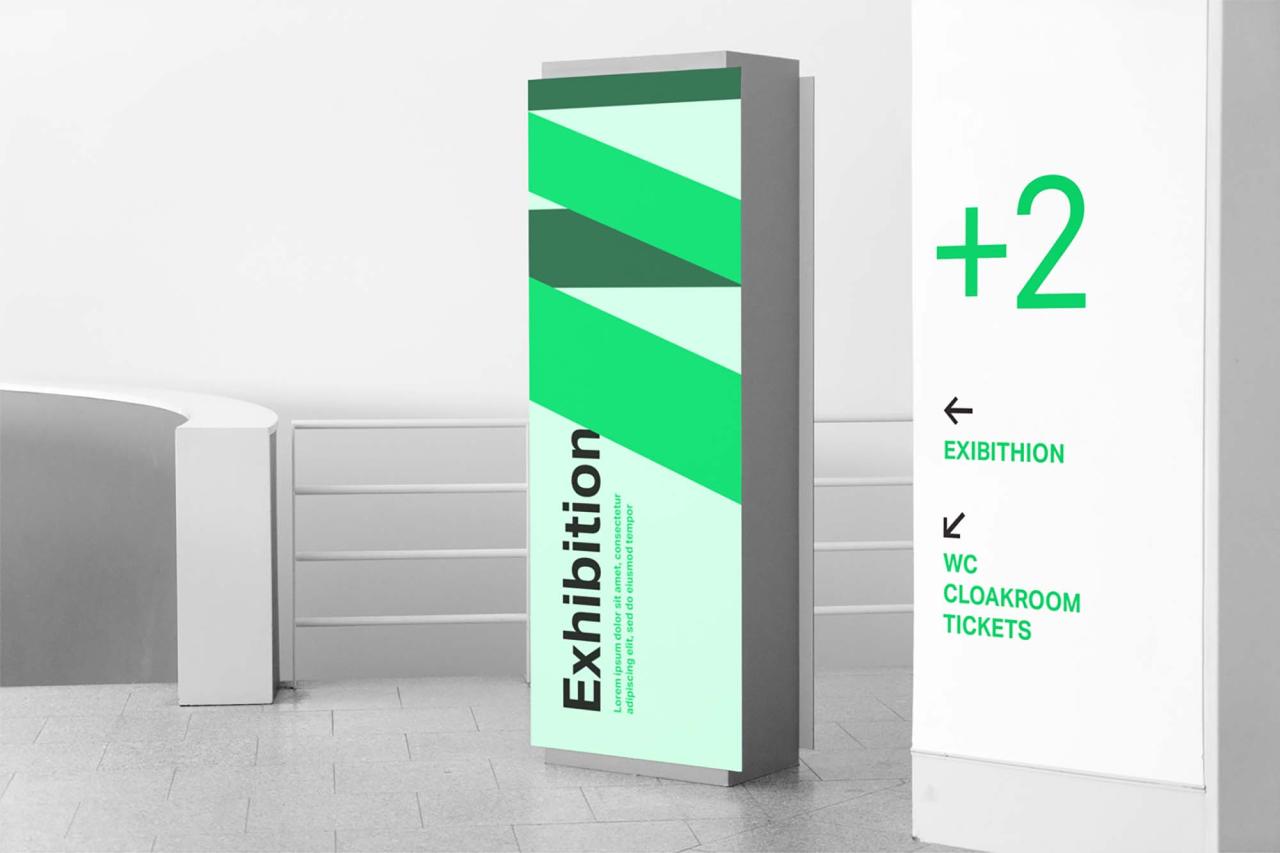
Mockup Signage: A Comprehensive Guide to Creating Realistic Visualizations
Mockup signage is an essential tool for designers, marketers, and business owners to visualize and present their signage concepts. By creating realistic mockups, you can effectively showcase your designs, test different options, and make informed decisions before investing in production. This guide will provide you with a comprehensive overview of mockup signage, including its benefits, types, and best practices for creating impactful visual presentations.
Benefits of Using Mockup Signage
-
Enhanced Visual Presentation: Mockups provide a realistic representation of your signage designs, allowing you to visualize how they will look in a real-world setting. This enables you to communicate your design intent clearly and effectively.
-
Precision and Accuracy: Mockups eliminate the guesswork from signage design, ensuring that your finished product matches your expectations. By seeing your design in situ, you can identify potential issues and make necessary adjustments before printing.
-
Time and Cost Savings: Mockups can save you significant time and costs by allowing you to iterate on designs digitally. This eliminates the need for expensive and time-consuming physical prototypes, enabling you to refine your concepts quickly and efficiently.
-
Effective Communication with Clients and Stakeholders: Mockups serve as a tangible representation of your design ideas, facilitating clear communication with clients, stakeholders, and production teams. They help align expectations and reduce the likelihood of misunderstandings.
Types of Mockup Signage
-
Flat Mockups: These mockups display signage designs on a flat surface, providing a simple and straightforward visualization. They are ideal for presenting basic signage concepts and assessing overall design aesthetics.
-
3D Mockups: 3D mockups add depth and realism to signage designs, allowing you to showcase their physical presence and environmental context. They are particularly useful for visualizing complex signage systems and evaluating scale and proportions.
-
Augmented Reality (AR) Mockups: AR mockups combine digital mockups with the real world, allowing you to visualize signage designs in their intended location using a smartphone or tablet. This provides an immersive and interactive experience.
-
Scene Mockups: Scene mockups place signage designs within a specific environment, such as a retail store, office, or outdoor setting. They offer a comprehensive view of how the signage will integrate with its surroundings.
Best Practices for Creating Impactful Mockup Signage
-
Choose High-Quality Mockup Templates: Opt for mockup templates that are professionally designed and offer realistic lighting and textures. Poor-quality templates can compromise the credibility of your visualizations.
-
Pay Attention to Detail: Accurately represent the dimensions, materials, and finishes of your signage design in the mockup. Every detail contributes to the realism and impact of the presentation.
-
Consider the Environment: Think about the context in which the signage will be displayed. Choose a mockup background that complements the design and provides a realistic representation of the intended setting.
-
Use Appropriate Lighting: Lighting plays a crucial role in showcasing the signage effectively. Experiment with different lighting conditions to find the most flattering and realistic illumination for your design.
-
Incorporate Branding and Graphics: Integrate your brand identity and any necessary graphics into the mockup to create a cohesive and recognizable presentation. This helps reinforce your brand message and enhance visual impact.
-
Get Feedback and Iterate: Share your mockups with clients, stakeholders, or colleagues for feedback. Their insights can help you refine your designs and create a mockup that meets all expectations.
FAQ on Mockup Signage
1. What software is commonly used for creating mockup signage?
- Adobe Photoshop
- Adobe Illustrator
- Sketch
- Figma
- Canva
2. Can I create my own mockup templates?
- Yes, you can create custom mockup templates using software like Photoshop or Illustrator. However, it’s recommended to use professionally designed templates for optimal results.
3. How important is the resolution of the mockup images?
- High-resolution images are crucial for creating crisp and visually appealing mockups. Aim for a resolution of at least 300 dpi for print-ready mockups.
4. Can I use mockup signage for marketing and promotional purposes?
- Yes, mockups can be used effectively in marketing materials, such as brochures, websites, and social media campaigns, to showcase your signage designs and attract potential customers.
5. Where can I find inspiration for mockup signage designs?
- Browse online galleries, such as Behance and Dribbble, to explore a wide range of mockup signage designs. Study industry publications and attend design conferences for further inspiration.
Conclusion
Mockup signage is an indispensable tool for designers and businesses seeking to visualize, evaluate, and present their signage concepts effectively. By utilizing the best practices outlined in this guide and choosing high-quality mockup templates, you can create realistic and impactful mockups that convey your design intent clearly, save time and costs, and enhance your communication with clients and stakeholders. Embrace the power of mockup signage and elevate your signage design process to new heights.





